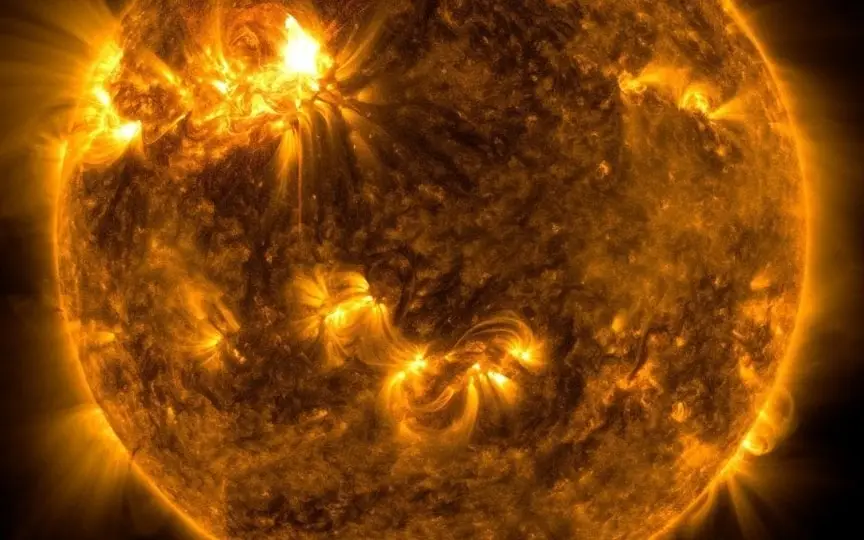NASA Solar Dynamics Observatory Captures Huge Solar Flare Eruption
A massive solar flare has been emitted by The Sun, causing concern among astronomers due to the increasing number and strength of these flares. It is particularly worrisome as we have not yet reached the peak of solar flare season. NASA has revealed that the current activity on the Sun is surpassing scientific predictions. Since December 2019, solar cycle 25 has witnessed numerous solar events that have demonstrated the Sun’s unexpected behavior. NASA warns that these solar flares will continue to rise and could have significant consequences for Earth, technology, satellites, and astronauts in space.
NASA believes the Sun is near its peak, meaning it is almost at its most active. This phenomenon of active sun is called solar maximum. During solar maximum, the sun is freckled and its magnetic poles are reversed.
According to the solar cycle 25 forecast panels, the sun and solar flares are more active than expected, indicating that the Geospace Dynamics Constellation (GDC) mission must study the upcoming solar cycle on 26. The reason is that the increased volatility could cause serious problems for radio communications, power grids and navigation signals, and pose risks for spacecraft and astronauts.
The GDC mission improves survey measurements, and astronomers can take corrective actions to mitigate its impact. A satellite in space can be better protected from solar space weather.
Let’s study the sun and its effect on the Earth in depth.
What is a solar flare?
This is a huge burst of radiation in the Sun. These flares are the most powerful explosive space events. Their power is equivalent to a billion hydrogen bombs, which is enough energy for the entire world for 20,000 years, says NASA.
How does a solar flare affect the Earth?
There are different types and energies of solar flares, and in astronomical terms they are called classes (B, C, M and X classes, with X being the strongest).
Solar flares do not directly affect the Earth or humans because most of the shocks are absorbed by the Earth’s atmosphere. However, it affects the technology we rely on.
Strong solar flares can affect the Earth’s ionosphere, interfering with high-frequency radio used for navigation and GPS.




